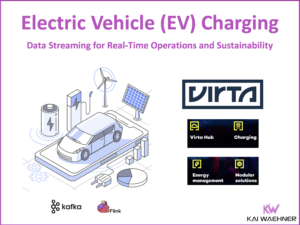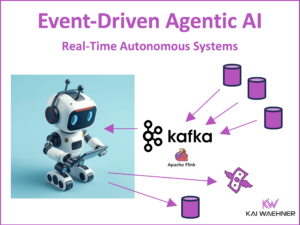This week, I was at Confess 2012 in Leogang, Salzburg (Austria). Confess is an international conference for Java professionals in its fifth year, organized by IRIAN and the EJUG Austria. It is reasonably priced with 275 € for the two-day conference, and 500 € for the workshop day. The speaker lineup is very good with many well-known international speakers, such as JSF spec lead Edwuard Burns from Oracle America, Hazem Saleh from IBM Egypt, or Jürgen Höller from SpringSource.
Sessions
There were six main topics for this year’s conference:
- Concurrent Programming
- Mobile Development
- Cloud Computing
- HTML5 and Modern Web Architectures
- Latest and Greatest in Java EE
- NoSQL
The sessions were split into introductory and advanced sessions. There were introductions to several important technology trends, such as Java EE 7, NoSQL databases, the build management system Gradle, or cross-platform mobile development. Besides, several advanced sessions went into more detail, e.g. for DCVS Git, Java EE 6’s CDI, or web frameworks (JSF, Wicket, Tapestry). Surprisingly, Scala or other modern JVM languages besides Groovy were missing totally.
In the following, some more details about two of the sessions:
Tiggzi
Tiggzi – which I have never heard before – is an interesting cloud-based rich internet application for building mobile HTML5, iPhone, and Android apps. Internally it uses jQuery and PhoneGap. Tiggzi is definitely worth a look. Try out for yourself if its promises are true to be “the fastest & easiest way to create mobile apps”.
Better Presentations of Software Developers and Architects
An awesome off-topic presentation by Michael Plöd from Senacor Technologies has to be mentioned, too: “Better presentations of software developers and architects” explains how everybody can make good presentations. If you have to do internal or external presentations sometimes, then take a look at these (German) slides!
My Session: Systems Integration in the Cloud Era
My talk was about Systems Integration in the Cloud Era with the lightweight open source integration framework Apache Camel.
Abstract
“Cloud Computing is the future! Nevertheless, everybody should be aware that there won’t be one single cloud solution, but several clouds. These clouds will be hosted at different providers, use different deployment models (IaaS, PaaS, SaaS) and use products, technologies and APIs from different vendors. Thus, in the future you will have to integrate these clouds as you integrate applications today.
The open source integration framework Apache Camel is already prepared for this challenging task. Apache Camel implements the well-known Enteprise Integration Patterns (EIP) and therefore offers a standardized, domain-specific language to integrate applications and clouds. The efficiency is even more increased through the use of the modern JVM languages such as Groovy or Scala. It can be used in almost every integration project within the JVM environment. All integration projects can be realized in a consistent way without redundant boilerplate code. Even automatic testing is supported.
This session demonstrates the elegance of Apache Camel for cloud integration. Several examples are shown for all deployment models by integrating cloud services from Amazon Web Services (IaaS), Google App Engine (PaaS) and salesforce.com (SaaS). If the required cloud service is not supported by Apache Camel, you can easily create your own Camel component with very low effort. This procedure is explained at the end of the session.”
Slides
Here are the slides from the talk:
Click on the button to load the content from www.slideshare.net.
Location
The conference was in Leogang, Salzburg (Austria) at Krallerhof – a really nice location! Presentation rooms, food, hotel rooms, etc. were awesome. Nevertheless, the location had a huge problem: It was in the middle of nowhere. No airport, no good train connection, no motorway. So, reaching the hotel was not really comfortable. Due to this, the number of attendees was far smaller than in the last years. However, the location was really great and all guys enjoyed it. Nevertheless, the conference will probably head back to Vienna next year. I heard some rumors that a cinema is considered as location for 2013 – which I think is the best place for conferences (see Jazoon, Devoxx, etc.).
Conclusion
Confess 2012 was a great conference with many high quality sessions. Due to the low number of attendees and a family-like environment, there were great discussions all over the day. Definitely, Confess is a nice alternative to larger, more expensive conferences in DACH countries such as JAX or Jazoon.
Best regards,
Kai Wähner (Twitter: @KaiWaehner)





